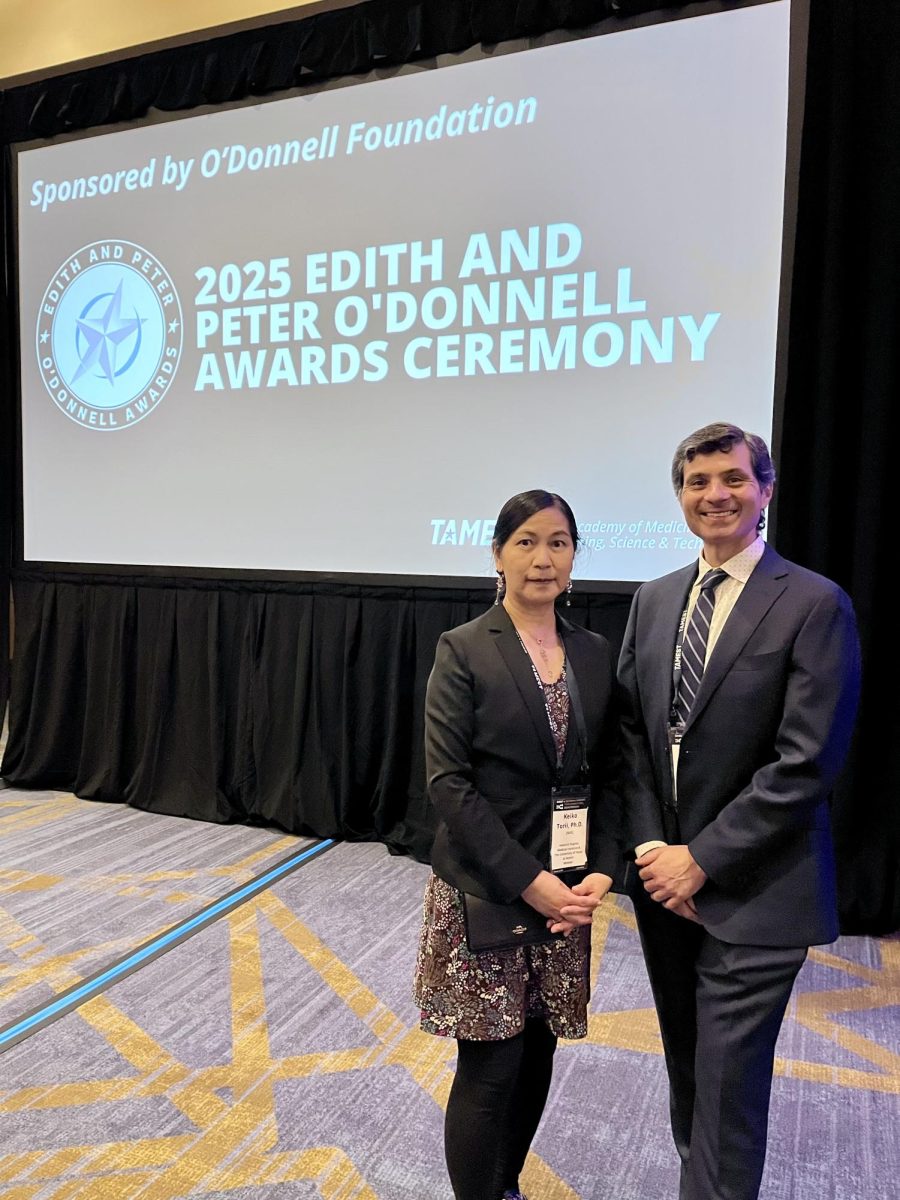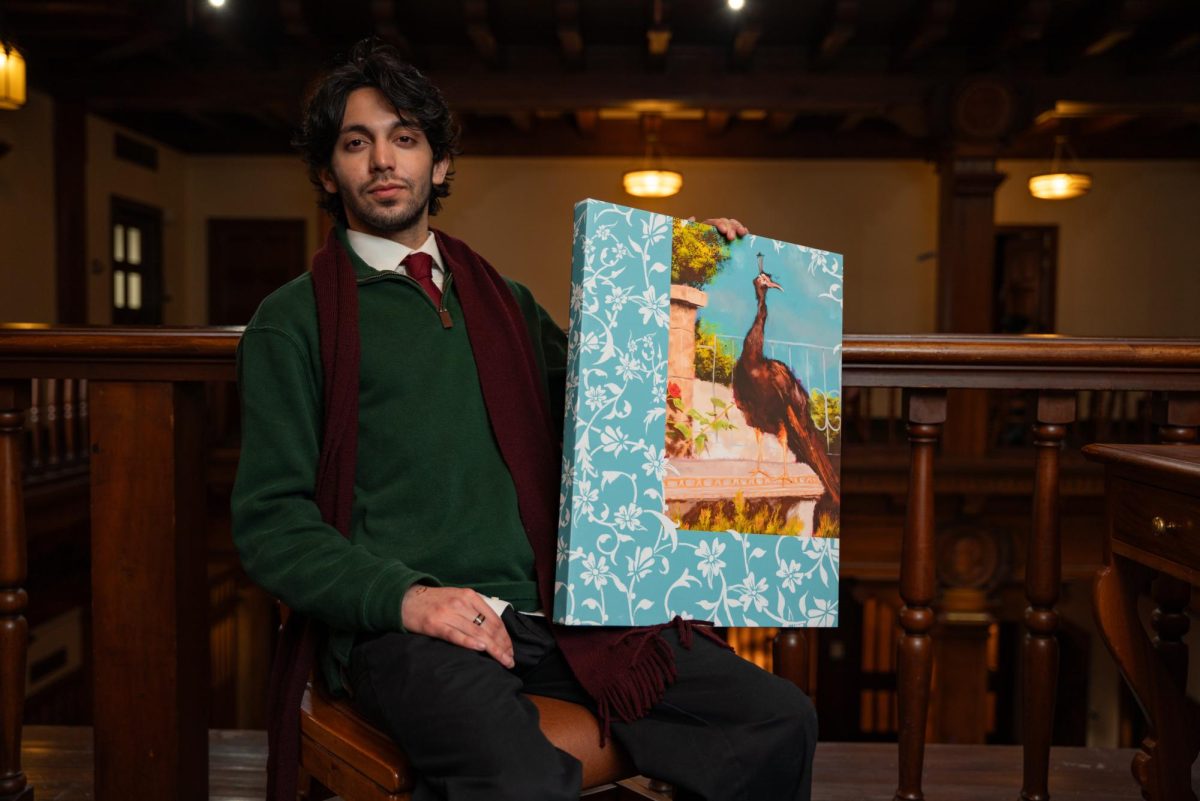The pounding of the arrows as they strike the back wall covered in targets is continuous during every practice. Down the lines, shooters of all levels of experience nock their arrows, draw their bows and then release them. Within seconds, the relaxed hobby creates a focused mentality among the archers.
“Your bow arm is supposed to be completely straight, but your pulling arm pulls the string back to your face at the exact same spot every time,” said Renae Patoskie, design junior and UT Archery Club president. “When you pull back far enough, you hear the arrow released by the clicker. That’s when you know to let go.”
Patoskie originally started coming to the team’s practices her freshman year with her roommate, but the hobby has since turned into a competitive club and a means to relieve stress.
“It’s more of an individual sport; you don’t really do it for the camaraderie,” Patoskie said. “It’s those people at the lines constantly shooting that are improving, not the ones sitting in the back talking.”
The UT Archery Club is predominately recreational, but the students on the competition team are supported by the club. The students are trained by five coaches, although all of the students pitch in words of wisdom and critique to their peers. Head coach James Corral has been with the club since his freshman year in 1984 and says he hasn’t left the Anna Hiss Gymnasium since.
“I never really thought about what I do. It just developed over the years naturally,” Corral said. “Day one is to have fun and to not hurt themselves but also to see which ones are really into it.”
The competitive archers compete in a minimum of seven tournaments nationally each year, in addition to the indoor and two outdoor tournaments hosted in Austin.
“I like to think that somebody is going to start here and end up at the Olympics,” Corral said. “The great thing is you can come in here as an 18-year-old, learn to shoot, spend a couple thousand on equipment and keep playing into your 60s and 70s.”
The club uses two different bows: the compound and the recursive. The compound is the more modern adaptation of the two and allows the arrows to be shot faster and the shooter to hold greater weight longer and with longer accuracy. It’s often the preferred choice for the more advanced archers. Regardless of the bow used, students tend to hold it in the hand opposite their dominant eye.
They also buy all of the parts to build their own arrows so they can assemble them to match the shooter’s physique. Corral noted that there’s a direct correlation between the length of the pull arm on the shooter and the length of the arrow needed to be competitive and accurate. His students agree.
“It’s a sport that a lot of people can do. I don’t want to say it’s like chess, but it’s a game in the same sense,” said Morgan Allford, architectural engineering sophomore and UT Archery Club treasurer . “It’s all about the mentality, consistency and repetition to get it down.”
The club reserves the gymnasium every day for the more competitive shooters to come and go as they please and establish a consistent shooting pattern.
“You could practice until the day you die, and you might not be good at it,” Allford said. “You go up to the line and shoot against older people, and they’ll still be better because it’s not about physical strength — it’s about body position.”
The shooters have all said that it’s important to clear the mind when they step up to the line to shoot each arrow. Having proper technique is emphasized just as much.
“The best way to shoot is to be completely relaxed,” Corral said. “I don’t fire them up like a football coach. It’s hard to teach them to only shoot one arrow at a time and then forget about it. Each arrow has to stand alone: the good, the bad and the mediocre.”
Once the shooters learn to have fluidity of motion, to be perpendicular with their body to the target line at all times and have an open stance, they begin to develop an instinctive shooting technique in which the point of release is consistent from shot to shot.
“Most college kids just want to chuck some arrows; I just want to get them hooked so they’ll stick around,” Corral said. “It’s not a classroom setting for a reason, I just want them to relax and know when they come here, it’s to shoot arrows at the targets.”
Printed on Monday September 26, 2011 as: UT Archery Club members shoot to relieve stress, win competitions




















